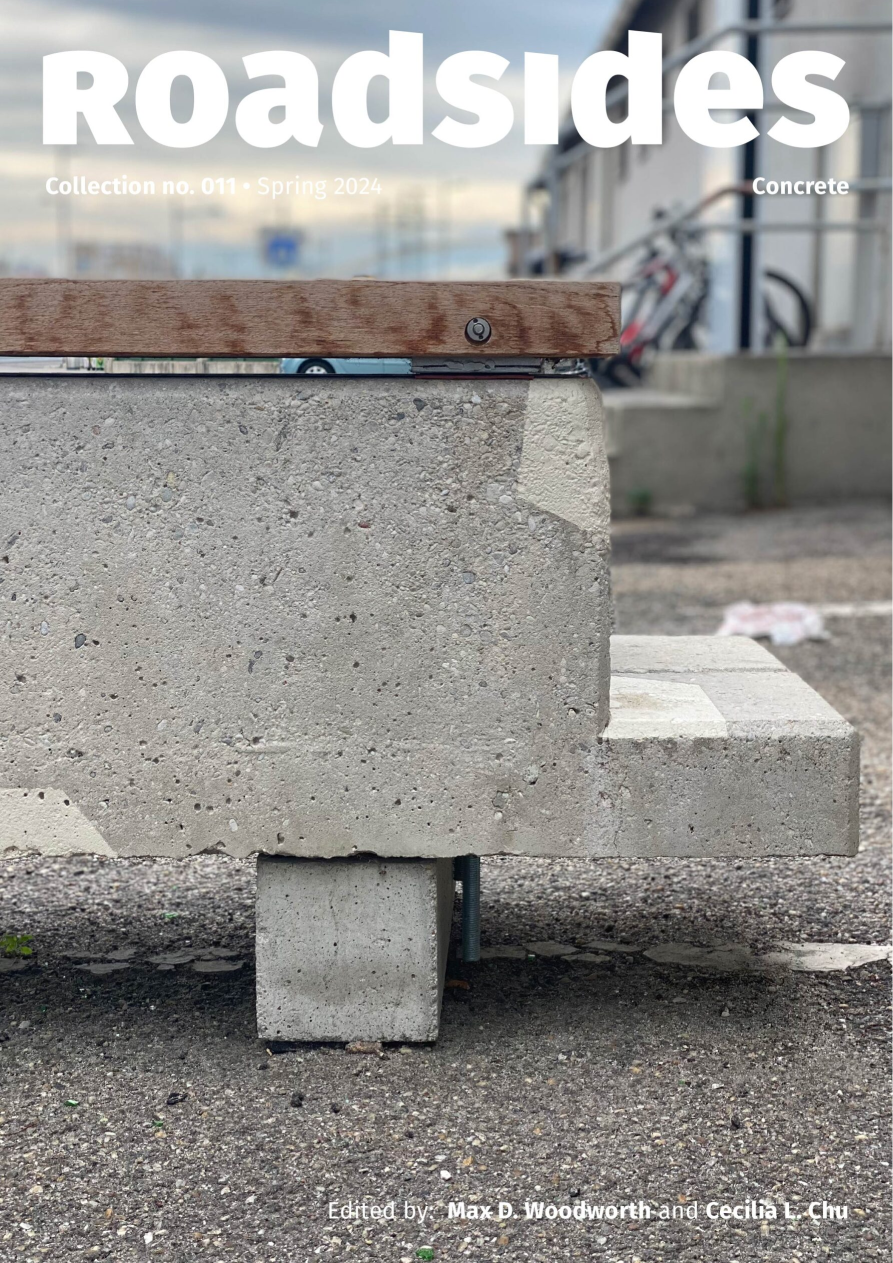
Concrete, a versatile and durable building material, shapes our modern world. Its adaptability and widespread use across infrastructure and architecture reflect its significance in everyday life, culture, and economy. Despite its ancient roots, concrete is emblematic of modernity, symbolizing progress and development.
Recent scholarship delves into concrete’s complex history and impact. It has been both a symbol of political power and a marker of social and environmental challenges. Ethnographic studies reveal its significance from local to global scales, shedding light on its unexpected implications.
Concrete’s material agency, highlighted in various studies, challenges assumptions of stability and strength. Its enormous carbon footprint contributes to climate change concerns. While alternatives like “aircrete” are explored, concrete remains the dominant building material for now.
Critical literature emphasizes concrete’s contradictions and potentialities, spanning diverse geographies and histories. Papers in this issue explore concrete’s social, technical, and political entanglements worldwide. They analyze its role in shaping built environments, economies, and communities, while addressing sustainability challenges in the twenty-first century.